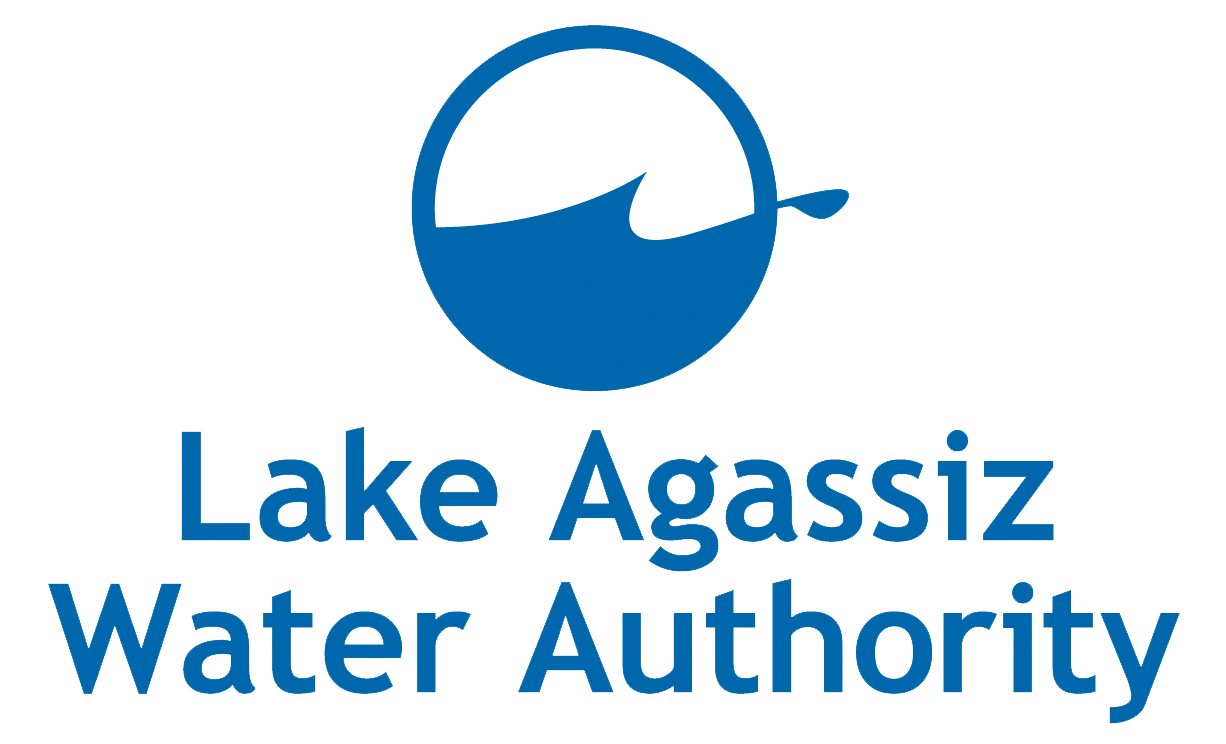Written By: Patrick Springer | Oct 16th 2019 – 5pm.
FARGO — The dream of delivering water from the Missouri River to eastern North Dakota remains on track to take a big step forward next spring with the start of construction on a $1.19 billion pipeline.
The Red River Valley Water Supply Project, which emerged from the ashes of the former Garrison Diversion Project, is slated to be completed by 2029 and will serve as an emergency backup water supply for half of North Dakota’s population, officials said.
The progress update on the 165-mile pipeline project came Wednesday, Oct. 16, at a conference on the project, a partnership of the state Garrison Diversion Conservancy District and Lake Agassiz Water Authority, composed of local governments in the Red River Valley.
The water project is designed to provide a supplemental source of water for 15 cities and 20 rural water systems in central and eastern North Dakota during prolonged droughts.
Climate experts say it is merely a matter of when — not if — a prolonged, multi-year drought similar to the one that parched the Great Plains during the 1930s grips the Red River Valley, which has been battling persistent floods in recent years.
“It’s critical,” said Ken Vein, a member of the Grand Forks City Council and vice chairman of the Garrison Diversion Conservancy District board. “History has shown the Red River is not reliable. So it’s not a matter of if, it’s when this will happen.”
Construction will begin on three parts of the pipeline next year: an intake on the Missouri River near Washburn, N.D., preparations for a 28-mile segment of pipeline and an outlet that will discharge water into the Sheyenne River, which joins the Red River near Harwood.
“This is an insurance policy for when there is a major drought,” said Merri Mooridian, Garrison Diversion’s administrative officer.
A 1930s-style drought would cause an estimated $27 billion in economic damages in the state of North Dakota over a decade that could be avoided by the $1.19 billion project, she said.
The project, which will include a 72-inch steel pipeline to largely follow a corridor along North Dakota Highway 200, is designed to meet the needs of a growing population to the year 2075, when the Fargo-West Fargo area’s population is projected to reach 300,000, Mooridian said.
Duane DeKrey, Garrison Diversion’s manager, said climate experts forecast a 1930s-magnitude drought likely will strike the Red River Valley by 2050.
“It’s getting closer all the time,” he said. Already, industrial development in the valley has been hampered by lack of water supply. The Tharaldson ethanol plant near Casselton, for example, became viable only because it can use Fargo’s “gray water” — treated sewage water, DeKrey said.
The pipeline will carry 165 cubic feet of water per second, equal to 74,057 gallons per minute. The average annual discharge from Garrison Dam on the Missouri River is 22,500 cubic feet per second — or more than 10 million gallons per minute — and was never less than 12,000 cubic feet per second during the severe 1930s drought, officials said.
Officials are seeking permission from the U.S Bureau of Reclamation to use features of the now-defunct federal Garrison Diversion Project, including the McClusky Canal and Snake Creek Pumping Station, which pumps water into the canal from Lake Audubon, adjacent to Lake Sakakawea on the Missouri River.
Using water from the McClusky Canal, if available, would cut $200 million in project costs and also save on operating costs because it would cost much less to pump water, DeKrey said.
InForum Article 10-16-19
